-
 Jay RosenblumUntitled #32, c. 1969Acrylic on canvas4 x 8 inches Framed: 4 1/2 x 8 1/2 inchesSigned: Jay Rosneblum (verso), Marked: ASGLOG 32 (verso) ASG • JR 32 (verso)
Jay RosenblumUntitled #32, c. 1969Acrylic on canvas4 x 8 inches Framed: 4 1/2 x 8 1/2 inchesSigned: Jay Rosneblum (verso), Marked: ASGLOG 32 (verso) ASG • JR 32 (verso)
-
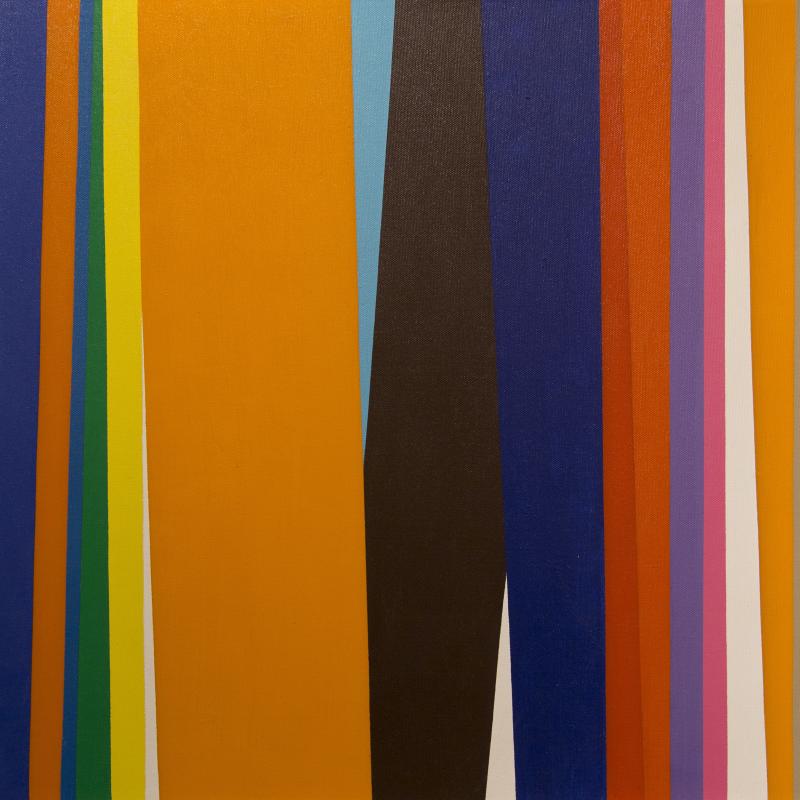 Jay RosenblumGradus Ad Parnassum, 1970Acrylic on canvas20 x 20 inches,
Jay RosenblumGradus Ad Parnassum, 1970Acrylic on canvas20 x 20 inches,
Framed: 21 1/4 x 21 1/2 inchesSigned: Jay Rosenblum (verso), Marked: “Gradus Ad Parnassum” / 322 E. 4th St / NY . NY 10009 / 1970 (verso)
-
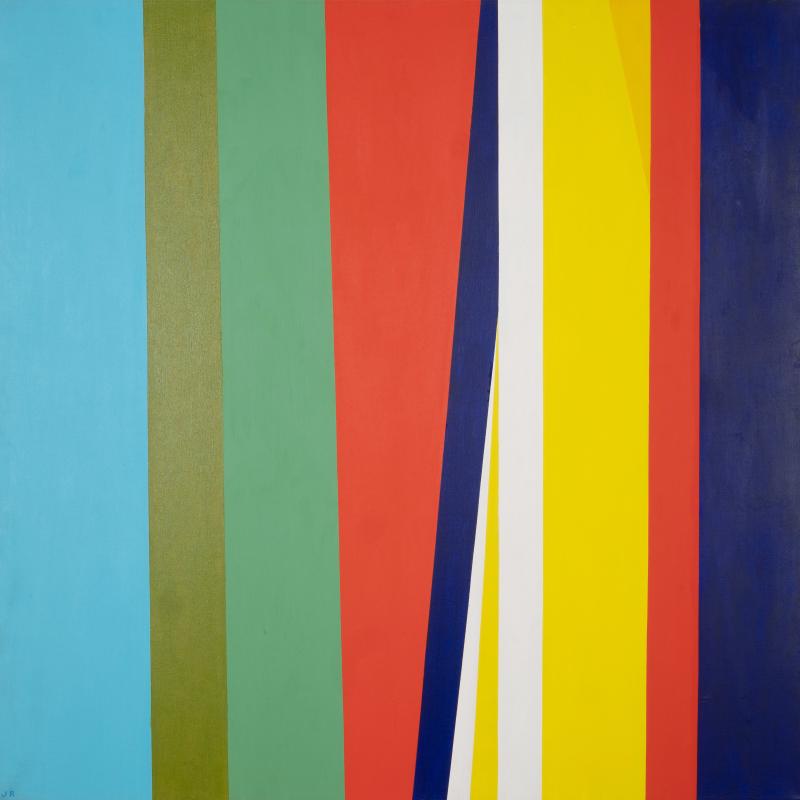 Jay RosenblumUntitled #3, 1969Oil on canvas40 x 40 inches,
Jay RosenblumUntitled #3, 1969Oil on canvas40 x 40 inches,
Framed: 41 1/4 x 41 1/4 inchesSigned: J R (l.l.)
-
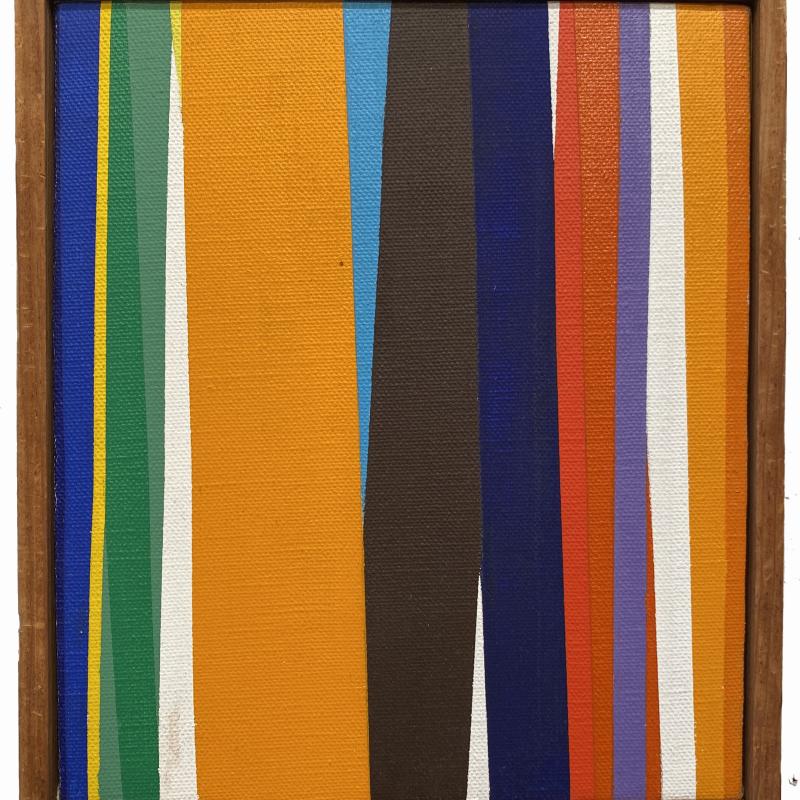 Jay RosenblumUntitled #124, 1968Acrylic on canvas6 x 7 inches Framed: 6 1/2 x 7 1/2 inchesSigned: Jay Rosenblum / 1968 (verso), Marked: ASG JR124 (verso)
Jay RosenblumUntitled #124, 1968Acrylic on canvas6 x 7 inches Framed: 6 1/2 x 7 1/2 inchesSigned: Jay Rosenblum / 1968 (verso), Marked: ASG JR124 (verso)
-
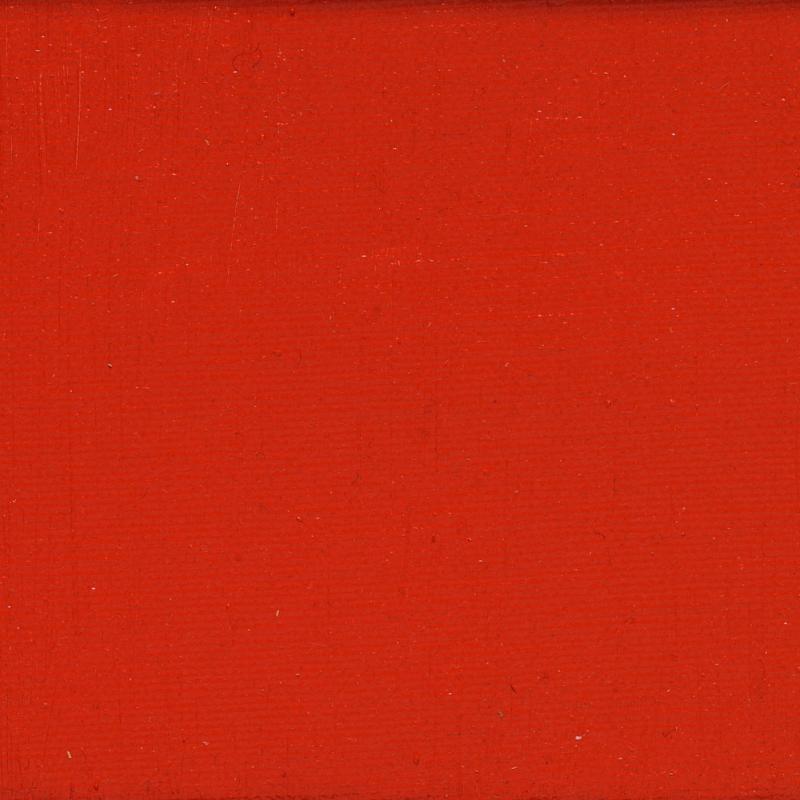 Jay RosenblumUntitled #36Acrylic on canvas4 x 8 5/8 inches Framed: 4 1/2 x 9 1/8 inchesSigned: Jay Rosenblum (verso), Marked: ASGLOG 36 (verso)
Jay RosenblumUntitled #36Acrylic on canvas4 x 8 5/8 inches Framed: 4 1/2 x 9 1/8 inchesSigned: Jay Rosenblum (verso), Marked: ASGLOG 36 (verso)
-
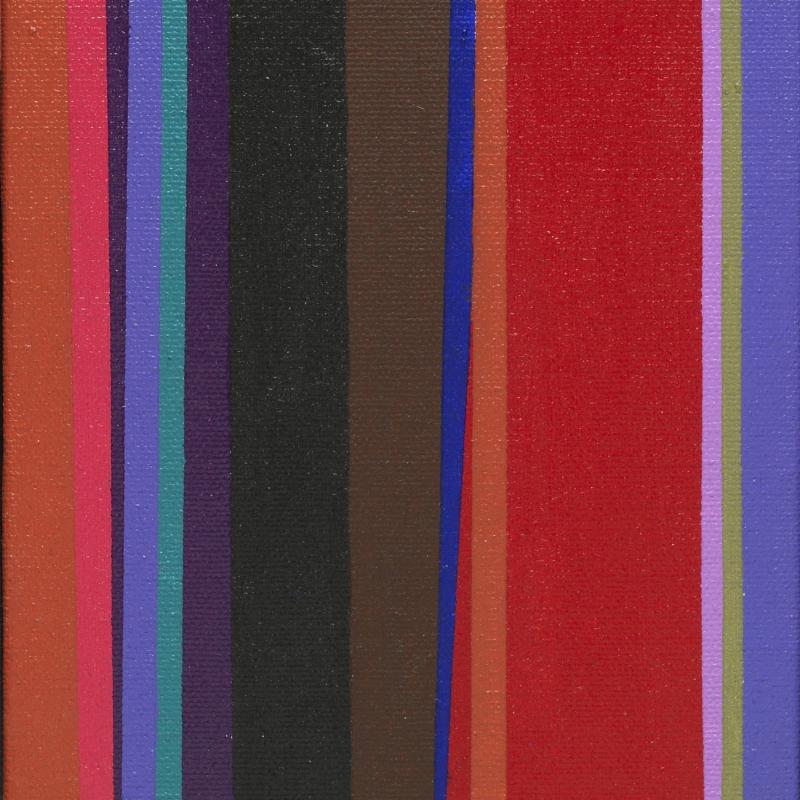 Jay RosenblumUntitled #46Acrylic on canvas6 x 5 inches,
Jay RosenblumUntitled #46Acrylic on canvas6 x 5 inches,
Framed: 7 x 6 inchesSigned: Jay Rosenblum (verso), Marked: ASG JR46 (verso)
-
 Jay RosenblumUntitled #52Acrylic on canvas5 x 10 inches Framed: 6 x 11 1/8 inchesSigned: Jay Rosenblum (verso), Marked: ASG JR52 (verso)
Jay RosenblumUntitled #52Acrylic on canvas5 x 10 inches Framed: 6 x 11 1/8 inchesSigned: Jay Rosenblum (verso), Marked: ASG JR52 (verso)
-
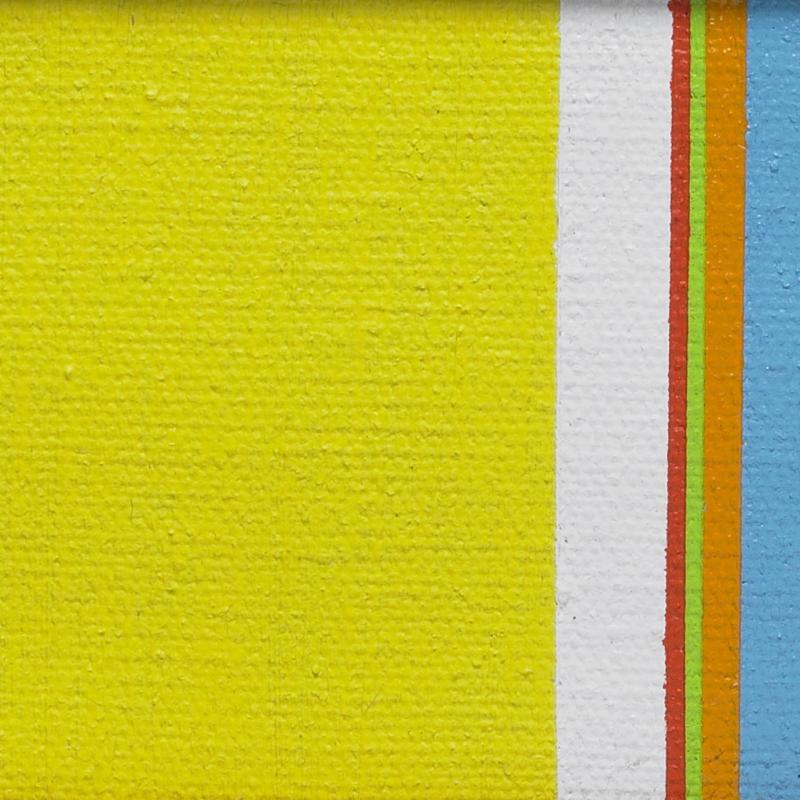 Jay RosenblumUntitled #60Acrylic on canvas2 1/2 x 5 inches Framed: 3 x 5 1/2 inchesSigned: Jay Rosenblum (verso), Marked: ASGLOG 60 (verso) ASG JR60 (verso)
Jay RosenblumUntitled #60Acrylic on canvas2 1/2 x 5 inches Framed: 3 x 5 1/2 inchesSigned: Jay Rosenblum (verso), Marked: ASGLOG 60 (verso) ASG JR60 (verso)
-
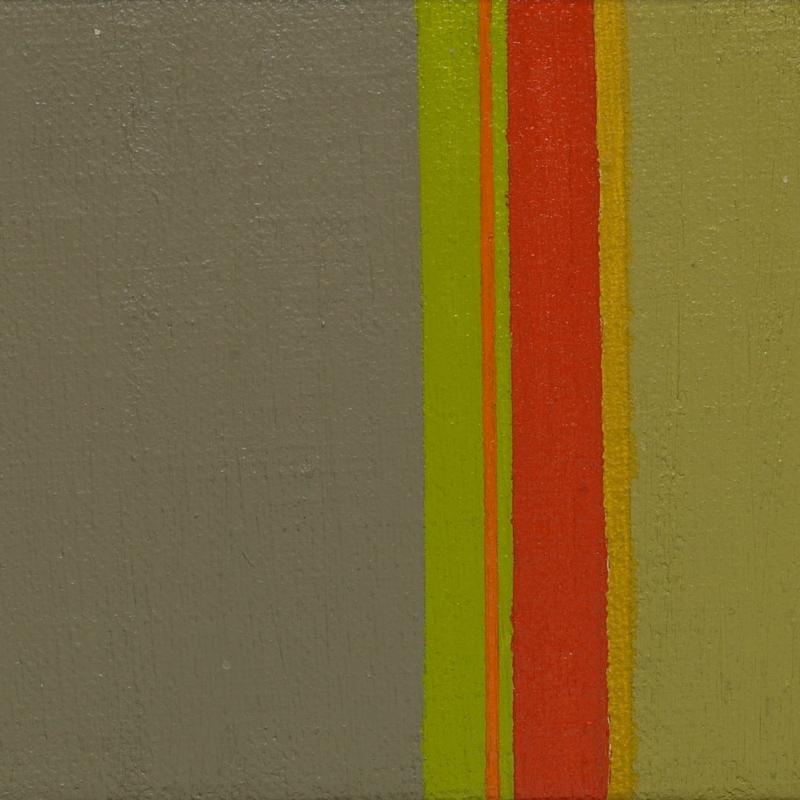 Jay RosenblumUntitled #61Acrylic on canvas3 1/2 x 6 1/2 inches Framed: 4 x 7 inchesSigned: Jay Rosenblum (verso), Marked: ASGLOG 61 (verso)
Jay RosenblumUntitled #61Acrylic on canvas3 1/2 x 6 1/2 inches Framed: 4 x 7 inchesSigned: Jay Rosenblum (verso), Marked: ASGLOG 61 (verso)
-
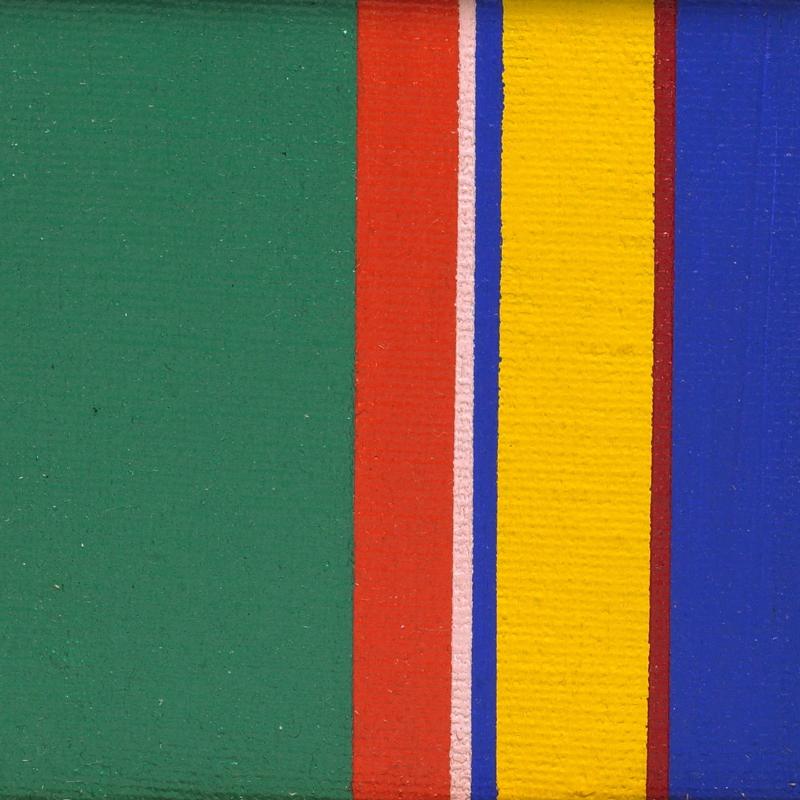 Jay RosenblumUntitled #68Acrylic on canvas3 1/2 x 4 inches Framed: 4 x 4 1/2 inchesSigned: Jay Rosenblum (verso), Marked: ASG JR 68 (verso)
Jay RosenblumUntitled #68Acrylic on canvas3 1/2 x 4 inches Framed: 4 x 4 1/2 inchesSigned: Jay Rosenblum (verso), Marked: ASG JR 68 (verso)
-
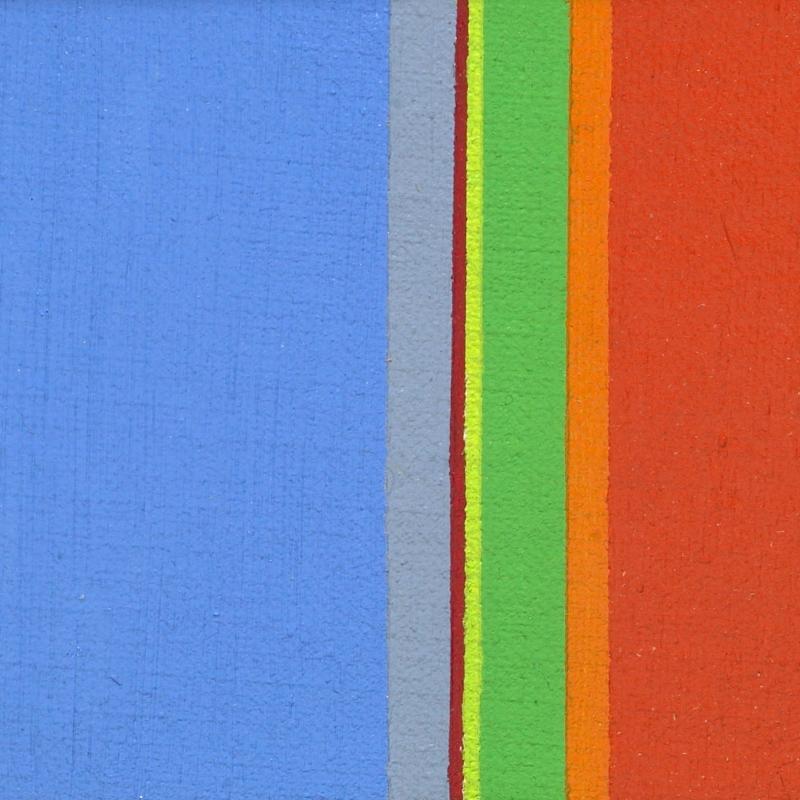 Jay RosenblumUntitled #87Acrylic on canvas3 1/2 x 5 3/4 inches Framed: 4 x 6 1/4 inchesSigned: Jay Rosenblum (verso), Marked: ASG-JR87 (verso)
Jay RosenblumUntitled #87Acrylic on canvas3 1/2 x 5 3/4 inches Framed: 4 x 6 1/4 inchesSigned: Jay Rosenblum (verso), Marked: ASG-JR87 (verso)
-
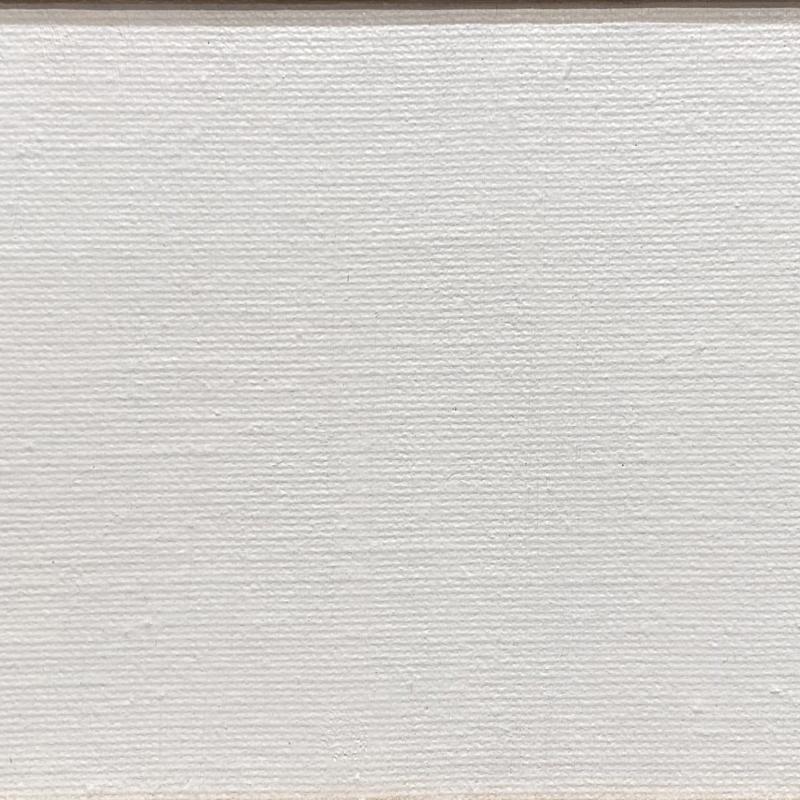 Jay RosenblumUntitled #93Acrylic on canvas4 x 8 inches Framed: 4 1/2 x 8 1/2 inchesSigned: Jay Rosenblum (verso), Marked: ASG JR 93 (verso)
Jay RosenblumUntitled #93Acrylic on canvas4 x 8 inches Framed: 4 1/2 x 8 1/2 inchesSigned: Jay Rosenblum (verso), Marked: ASG JR 93 (verso)
-
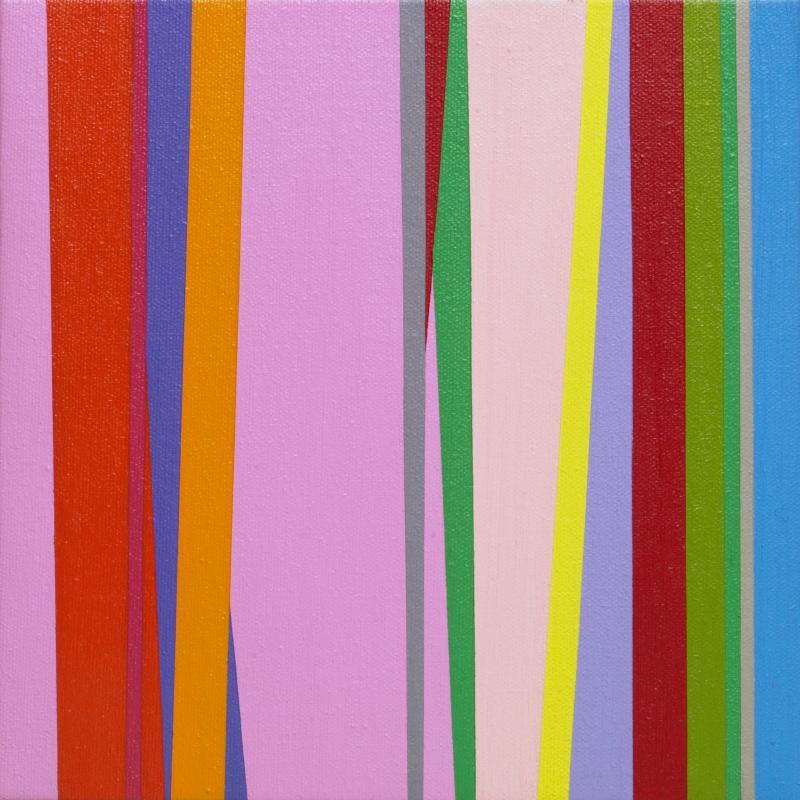 Jay RosenblumUntitled, 1969Acrylic on canvas8 x 8 inchesSigned and dated on overlap verso
Jay RosenblumUntitled, 1969Acrylic on canvas8 x 8 inchesSigned and dated on overlap verso
Overview
Jay Rosenblum experimented with different versions of the "Visual Stripe motif" for more than thirty years. In the 1960's he developed a "hard-edge" style with "flat curtain forms" which had a clearly defined vertical emphasis. These colors as in our example move up and down the picture plane. Space is defined by shifts in color passages. As the artist explained in his own words:
"The vertical forms in my work serve as the vehicle for color and also become a dramatic means of achieving movement and deep space. This becomes possible through a great variation in the stripe thickness and the sudden emergence or disappearance of a particular band of color when it overlaps another."
Rosenblum was an ardent violinist who played for the Seventh Army Symphony in West Germany and who was also an art teacher at the School of Visual Arts. In his art Rosenblum sought to associate his great love for chamber music sonatas with his freely evolving vertical stripes of color. Rosenblum once stated:
"When these elements engage themselves in the painting, there is a great visual excitement for me. A kinship with music, in a polyphonic sense, is very strong in that simultaneously one hears lines of "overlapping" music. In some mysterious way the composer can achieve this and it is equally mysterious and effective in painting when it happens."
In much the same way that singular notes strung together create music, individual stripes of color together can be transformed into a complete art form. He thus viewed these blocks of color almost as separate notes in a piece of music that that when brought together would be transformed into a cohesive unit, resonating with a playfulness that added interest and energy to the picture. With colors Rosenblum attempted to select ones that when juxtaposed against or near one another would become "an exciting visual discovery". He would refer to such works as "free association color development". Rosenblum executed a number of these "hard-edge" paintings which included groupings of color clusters in both vertical and diagonal motifs.
Jay Rosenblum was born in New York City in 1933. He attended the Pratt Institute in Brooklyn from 1951-53, Harvard University in the summer of 1953 and Bard College in Annandale-on-Hudson, NY 1953-1955. He received a M.F.A. from Cranbrook Academy of Art in Bloomfield Hills, MI. His paintings have appeared in numerous selected solo and group exhibitions in the USA and Italy. Rosenblum was awarded the Carlos Lopez Memorial Prize in painting from the Detroit Institute of Art in Detroit, Michigan in 1955 and the Painter of the Year Award from Larry Aldrich, Ridgefield, CT in 1970. He lived and worked in Manhattan for most of his life and sadly died in a tragic bicycle accident in 1989.
Awards
Carlos Lopez Memorial Prize in Painting, Detroit Institute of Art, Detroit, MI, 1955
Painter of the Year Award from Larry Aldrich, Ridgefield, CT, 1970
Solo Exhibitions
Detroit Institute of Art, Detroit, MI, 1956
Fleishman Gallery, New York, NY, 1957, 1958
Twelve Artists, Spoleto, Italy, 1958
Castagno Gallery, New York, NY, 1964
Allan Stone Gallery, 1968, 1969, 1970, 1971, 1975
Albright Knox Museum, 1969
A.M. Sachs Gallery, New York, NY, 1970
Blue Parrot Gallery, New York, NY, 1972
Selected Group Exhibitions
Allan Stone Gallery, New York, 1968-1972
A.M. Sachs Gallery, New York, NY, 1969-1972
The Aldrich Museum of Contemporary Art, Ridgefield, CT, 1971
The Blue Parrot Gallery, New York, NY, 1972
Young Talent & Printmaking, Gimpel &Weitzenhofer Gallery, New York, NY, 1973
5th International Poster Biennale, Warsaw, 1974
Abstraction, Allan Stone Gallery, New York, NY, 2002
Museums and Public Collections
Corcoran Museum of Art, Washington, D.C.
Whitney Museum of American Art, New York